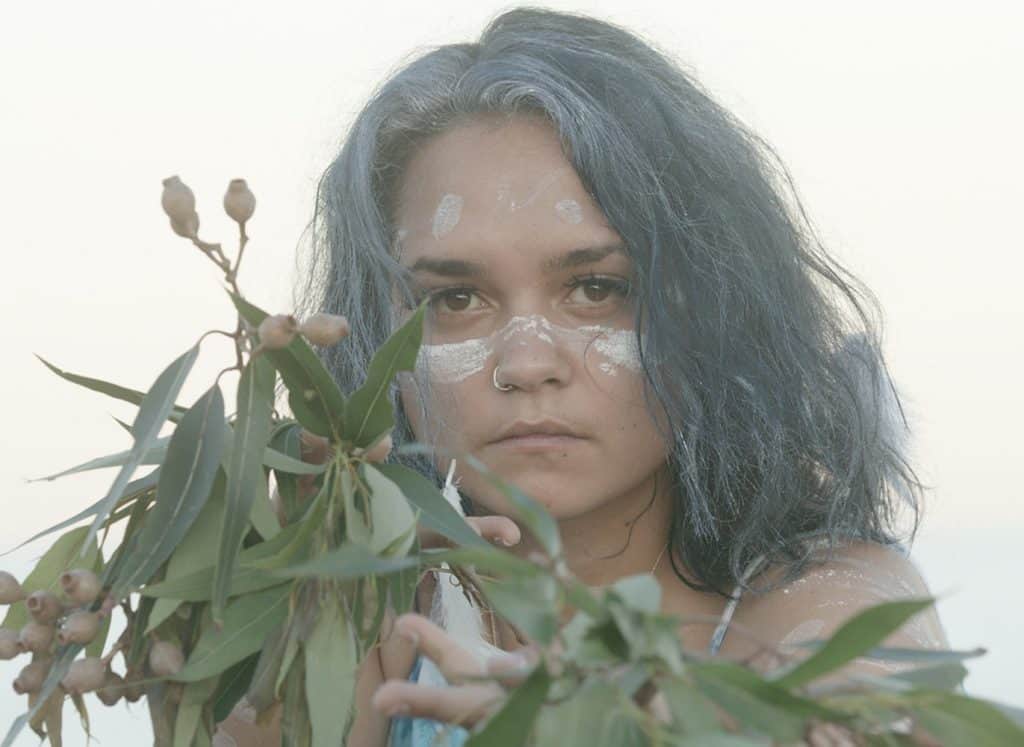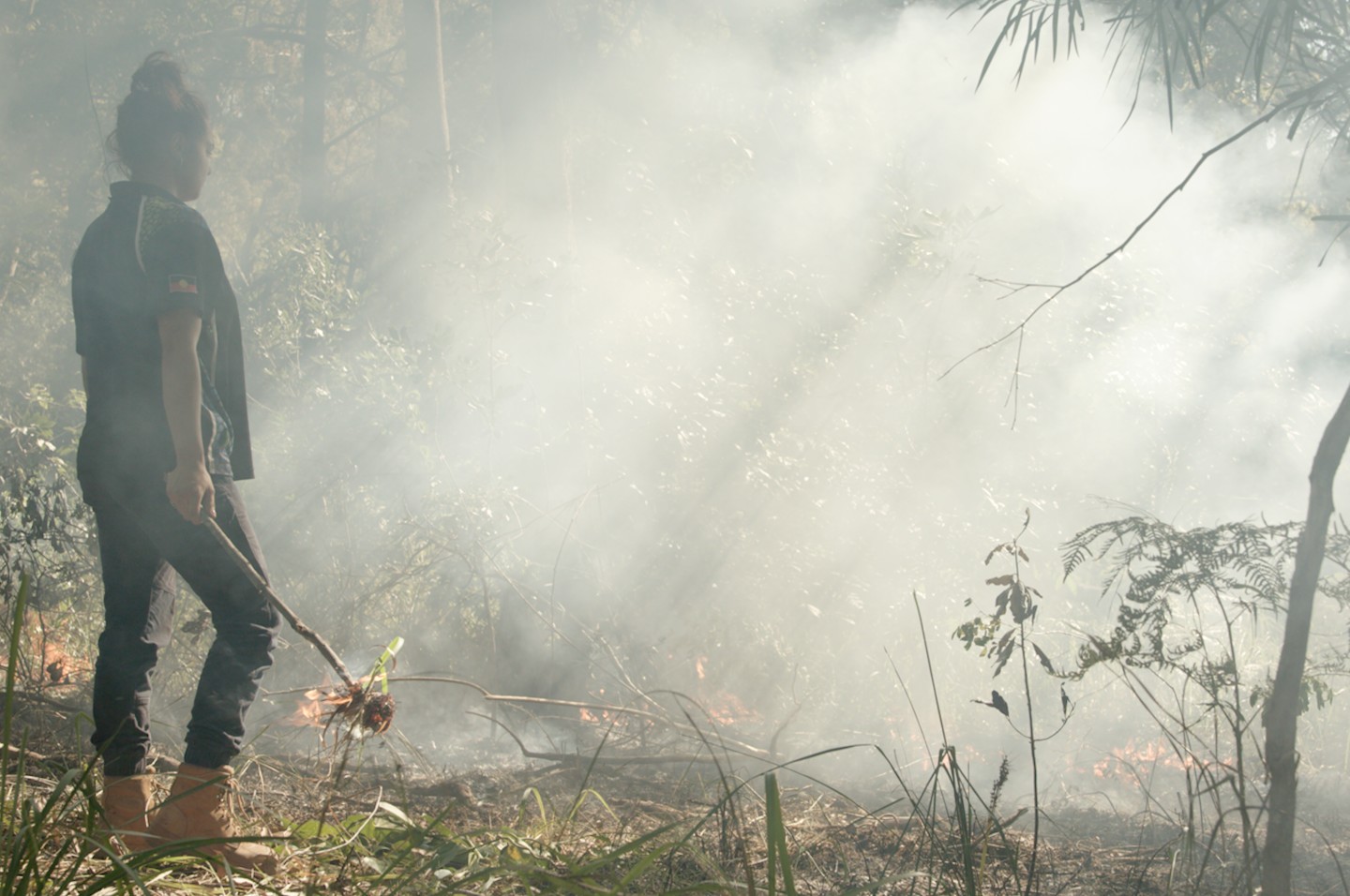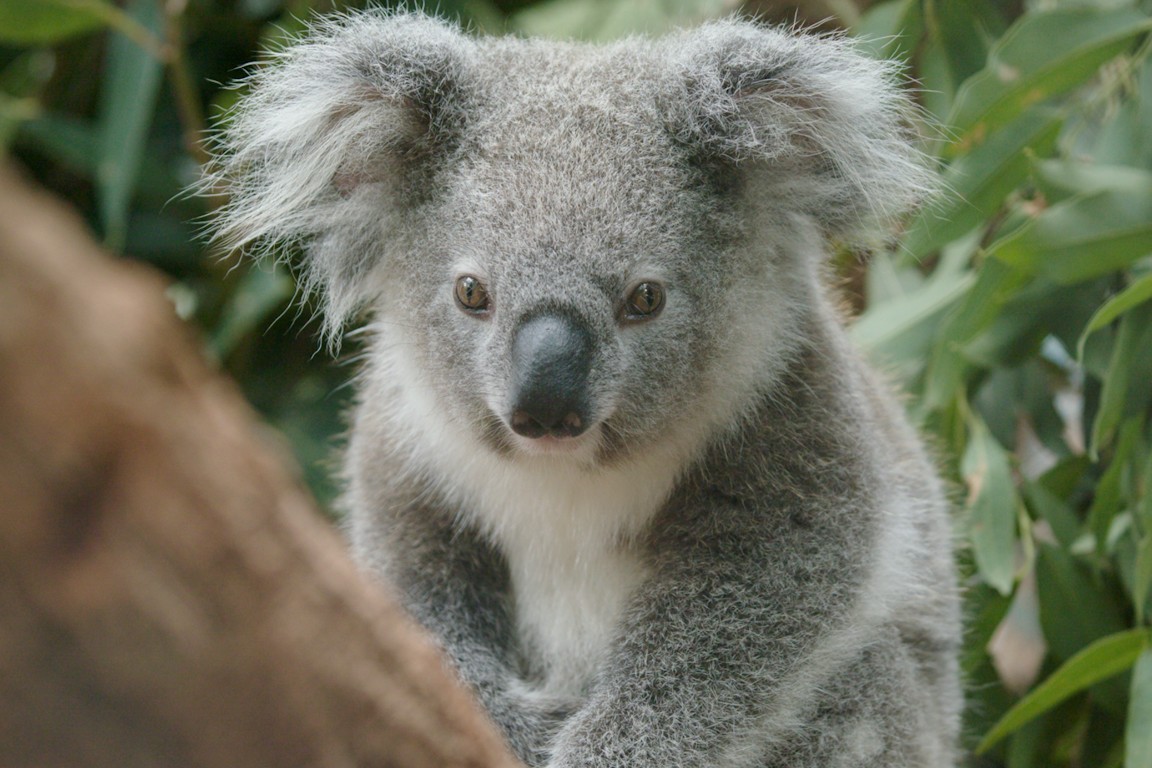Gumbaynggirr Good Koala Country Plan
Gumbaynggirr Darruyay Dunggirr Jagun Mangga-Bayilaygam
To better manage land for koalas, the NSW Koala Strategy funded the Gumbaynggirr Good Koala Country Plan in partnership with the Gumbaynggirr people of the Mid North Coast.

Biodiversity is fundamental to the holistic health and wellbeing of Country. This means protecting and supporting ecosystems and habitats to nourish and sustain all living beings, particularly threatened species like the koala.
The NSW Koala Strategy funded a project for the Gumbaynggirr people of the Mid North Coast to better manage land for koalas.
The Good Koala Country Plan (the Plan) was created by Gumbaynggirr people for Gumbaynggirr people in upholding cultural law and responsibilities to care for Country and koala.
The Plan draws on Gumbaynggirr ecological knowledge frameworks and western scientific methods to better protect and manage Country. The Plan includes bio-cultural monitoring methods rooted in cultural place-based relationships between Gumbaynggirr people and Country.
“Developing this Plan has required meaningful engagement and collaboration across Gumbaynggirr communities. This ensured we founded our Plan in cultural Law and Knowledge and negotiated appropriate management practice. These connections have been a highlight throughout my involvement in koala conservation,” says Nathan Brennan, proud Gumbaynggirr, Bundjalung and Gamilaraay man and current CEO of the Coffs Harbour and District LALC.
Laws and Stories
Until most recently, Gumbaynggirr People and the koala co-existed on shared travel pathways, seasonally travelling along grassy ridge lines between the mountains and the coast to where food was most abundant. For many millennia Gumbaynggirr people maintained the pathways and the health of koala habitat through embedding Caring for Country practices into Law, identity, education and cultural fire management practices.

Gumbaynggirr People’s Law is embedded within the landscape, illuminated and resilient through the spectacular longevity of intergenerational transmission of knowledge in its many forms. These Laws and Stories, sometimes referred to as Songlines, are interconnected with others. They provide and preserve philosophy, values, relationships, rules and responsibilities for Gumbaynggirr People. One of these Law Songlines is that of Bularri Gagu Dunggirr (Two Koala Brothers).
Two koala brothers (English translation)
Long ago, when the land stretched far east, many people travelled out to a battle ground. While they were out there, two sisters who had been wronged and hurt rose up and began hitting the ground with their yam sticks singing up the sand and water to consume the land. They travelled a long way around the whole of the country giving rise to the ocean and coastline. They returned to Gumbaynggirr Country, set down their yam sticks and sat down, then later rose together into the sky, becoming a part of the Seven Sisters Pleiades star constellation.
But there were still people out east, and the water the two sisters raised was quickly approaching and rising. The people tried to return but saw they would fail. One person said ‘Oh wow! How are we going to return to our homeland? Then came two clever/magic Koala brothers. The people asked them “Brothers, how about you throw your long stomach strings over to the land to create a bridge for us?” The Koala brothers responded, “No! We will not! We are hungry!” The Brothers were sulky. So the people gathered and gave lots of food to the Koala brothers, who ate all of the food and became full and pleased. They then dug out 6 of their long stomach strings and cast them over to the land, creating a bridge for the people to return to their homelands. This is where this part of the story ends.
It is important to pause and reflect on the nuances and teachings within the Koala Brothers Story. Here we see two Songlines connecting and crossing over – the two Koala Brothers and Bularri Gawngganba, the two Sisters who created the sea. All Gumbaynggirr Laws and Songlines are inter-connected in some way and they travel far beyond Gumbaynggirr Country. This means that other clan groups and nations may hold knowledge pertaining to different points of the same Story. In order to understand the Law and make informed decisions about Country, we must all work together.
The Koala Story teaches us of the importance of our relationship with Country and the roles of non-human kin in helping us to return to our place and resume our responsibilities in our homelands. There are many layers to this story. The Koala brothers are law teachers and acted as bridge-makers for the people, and through their assistance we learn biological information about the species.
These Stories are not mythical tales. They come from Gumbaynggirr People’s witnessing, experience and documentation of dramatic environmental and climate change events throughout many tens of thousands of years on this continent. The Koala Story is testament to Gumbaynggirr people’s presence, endurance and survival throughout the last ice age. This oral history has survived since the last major post-glacial sea level rise between about 12,000 and 7,000 years ago.
The Plan draws upon the extensive experience and wisdom of Gumbaynggirr People in understanding, relating to and managing Country. It recognises climate change and the importance of monitoring and measuring climate impacts on Gumbaynggirr Country, with a particular focus on declining threatened species such as koala populations and their habitat. The Plan aims to address these declines through a Gumbaynggirr cultural and community-led approach to targeted management actions.
Seasonal calendars and culturally important species
Over many tens of thousands of years Gumbaynggirr People have been observing and amassing knowledge of place and kin through major environmental changes and all of the seasonal and cyclical periods in between.
The Plan benefits from the guidance of Gumbaynggirr seasonal calendars, produced by Dr Chels Marshall. The calendars depict holistic understanding of healthy Country and its relationships. They provide an effective assessment tool to read Gumbaynggirr Country, diagnose its state and determine appropriate management actions. The calendars also help to establish sources of data for monitoring and evaluation to investigate how species such as koalas respond to various changes.
View examples of Aboriginal Seasonal Calendars.
Using cultural fire regimes to manage Country and koalas
For many millennia Aboriginal People have been wielding fire to manage and sustain Country and kin. Aboriginal fire management regimes, sometimes referred to as ‘cultural fire’, continue to have significant impacts on Country and the way Country has evolved. As a result, many native plant species and landscapes depend on fire for their health. This highlights one of the many aspects of the deep, enduring and inter-dependent relationship between Country and Aboriginal People.
Planning for Aboriginal fire management includes consideration of place, relationships and values. Through their knowledge systems, Aboriginal fire practitioners study landscapes and living systems. They observe indicator events to read the local conditions and design a tailored approach to fire type, frequency, and method. Seasonal calendars help to illustrate this approach.
There are subtle but important differences between Aboriginal fire management practices and low-intensity burns managed by non-Aboriginal people. These fires are managed by organisations such as the Rural Fire Service, National Parks and Wildlife Service and Forestry Corporation and usually aim to reduce fuel loads and fire hazards in order to prevent bushfires. They are targeted prevention strategies to protect life and property.
In contrast, cultural burns can have many aims and outcomes. This may include triggering natural events such as flowering, improving soil quality, removing invasive species, reducing fuel loads to limit or prevent intense bushfires, stimulating seed germination, influencing the weather, and maintaining access to travel routes and sources of food and water.
The benefits of cultural fire management practices go beyond these objectives and outcomes. They provide important opportunities for positive health & wellbeing outcomes for Aboriginal practitioners and communities, as well as cultural revitalisation and socio-economic opportunities.
Gumbaynggirr People understand the importance of returning the right fire to Country for its health and longevity. Extensive work has been undertaken to revitalise cultural fire knowledge and practices to put the right fire back into Gumbaynggirr Country. The Gumbaynggirr Good Koala Country Plan supports landscape and koala habitat management using such cultural fire regimes.
To find out more about cultural burning practices, see Aboriginal fire management and cultural burning.
